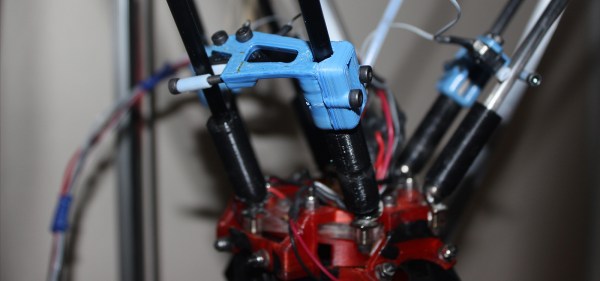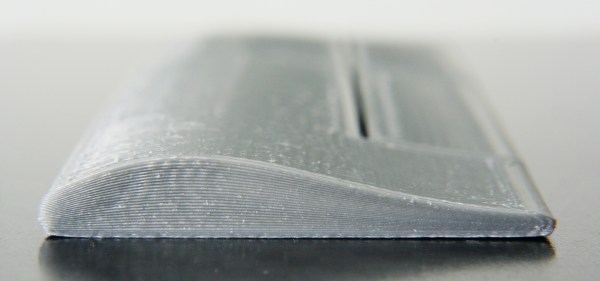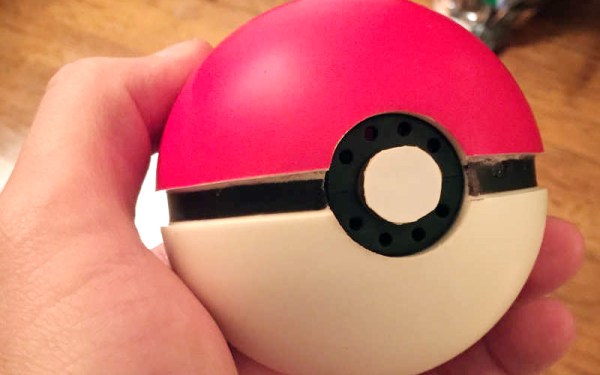If you like LED clocks and illuminated bicycle wheels, [Harald Coeleveld] has just the right weekend project for you. His RGB pixel LED clock is as simple as it is beautiful, and it can be built in no time: The minimalist and sporty design consist of not much more than a LED strip wrapped around a bicycle wheel rim.
[Harald] took 2 meters of addressable WS2812 LED strip (with 30 LEDs per meter, we assume), wrapped it around a 27″ bicycle rim padded with a foam strip, and obtained 60 equally spaced RGB LEDs on a ring, ideal for displaying time. Apparently, the rim-tape circumference of this particular 27″ bicycle wheel is close enough to 2 meters, so it lines up perfectly.
On the electronics side, the project employs an Arduino Nano and a DS3231 precision RTC module. For switching between two illumination modes for day and night, [Harald] also added a photoresistor. During the day, colored dots around the ring display the time: A red dot for the seconds, a blue one for the minutes, and a group of 3 green LEDs for the hours. At night, the entire ring shimmers with an effective red glow for easier readability.
The Arduino code for this build can be downloaded from the project page, enabling anyone to effortlessly replicate this design-hack in under an hour!

















